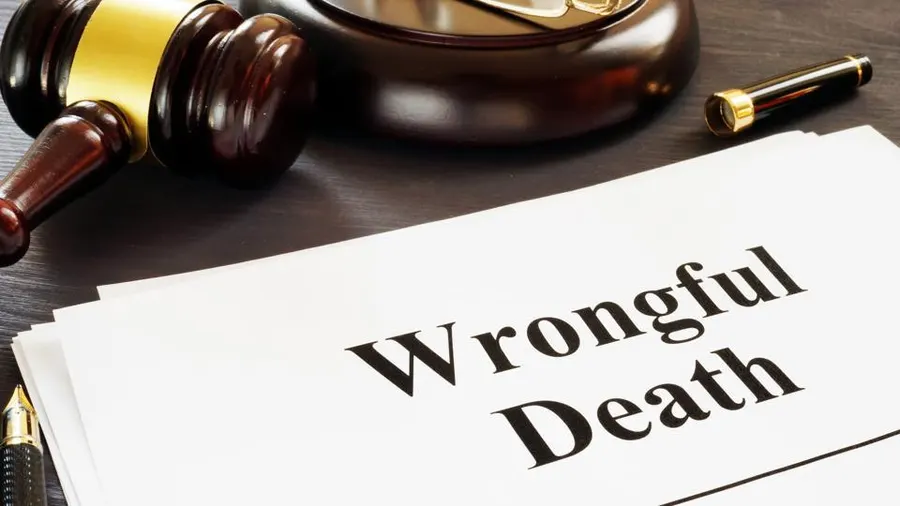
Key Factors in Wrongful Death Suits: Legal Grounds and Process
The loss of a loved one is an emotionally tumultuous experience, made more distressing when that loss could have been prevented. Wrongful death suits serve as a legal recourse for families grappling with the aftermath of such tragedies. Understanding the fundamental elements and processes involved in these cases is crucial. This article aims to delve into the key factors of wrongful death suits, exploring the legal grounds and navigating the intricate process. If you are involved in a wrongful death lawsuit and need a personal injury lawyer, contact Dunaway Law Firm today.
Understanding Wrongful Death
Wrongful death occurs when someone’s negligence, intentional actions, or failure to act leads to the untimely death of another person. These cases can arise from various circumstances, including medical malpractice, vehicular accidents, defective products, workplace incidents, or even criminal actions.
Legal Grounds for Wrongful Death Claims
For a wrongful death claim to proceed, certain elements must be established:
Duty of Care
The defendant owed a duty of care to the deceased. For instance, doctors owe patients a duty to provide adequate medical treatment.
Breach of Duty
The defendant breached that duty through negligent actions or failure to act as a reasonable person would under similar circumstances.
Causation
The breach of duty directly caused the death. This element requires demonstrating that the defendant’s actions were the primary cause of the fatal outcome.
Damages
Surviving family members have suffered measurable damages due to the death, such as loss of financial support, emotional distress, or companionship.
The Legal Process
Filing a Lawsuit
Initiating a wrongful death lawsuit involves filing a complaint in the appropriate court, usually by the executor or administrator of the deceased’s estate. The complaint outlines the details of the death, the defendant’s alleged actions or negligence, and the damages suffered by the surviving family members.
Discovery Phase
Once the lawsuit is filed, the discovery phase begins. This phase allows both parties to gather evidence, including documents, witness testimonies, and expert opinions. Depositions, where witnesses provide sworn out-of-court testimony, are also conducted during this phase.
Negotiation and Settlement
In many cases, parties opt for settlement negotiations rather than proceeding to trial. During negotiations, both sides attempt to reach a mutually agreeable resolution, often involving financial compensation. A settlement avoids the uncertainty and emotional toll of a trial but requires the agreement of all parties involved.
Trial
If settlement negotiations fail, the case proceeds to trial. The trial involves presenting evidence, witness testimonies, and expert opinions to a judge or jury. The court then decides the case based on the presented evidence and arguments.
Verdict and Appeal
After the trial, a verdict is reached. If either party is dissatisfied with the verdict, they can appeal the decision, seeking a review by a higher court.
Factors Influencing Outcomes
Several factors can significantly influence the outcome of a wrongful death suit:
Evidence
Strong evidence supporting the claim of negligence or wrongful actions by the defendant can sway the case.
Legal Representation
Competent legal representation is vital. Experienced attorneys can navigate complexities, gather evidence, and present a compelling case.
Damages Assessment
Properly assessing the damages suffered by the surviving family members is crucial. Financial losses, emotional distress, and loss of companionship must be accurately quantified.
State Laws
Laws governing wrongful death claims vary by state. Understanding the specific statutes and limitations in the jurisdiction is essential.
Conclusion
Wrongful death suits are emotionally challenging and legally intricate endeavors. Establishing legal grounds and navigating the process involves a comprehensive understanding of the elements involved. From duty of care to damages assessment, each step requires diligence and expertise. While no amount of legal action can replace the loss of a loved one, these suits aim to provide a sense of justice and financial support to affected families as they navigate life without their dear ones. Understanding these key factors can assist those considering or involved in such legal proceedings in seeking recourse and closure.







